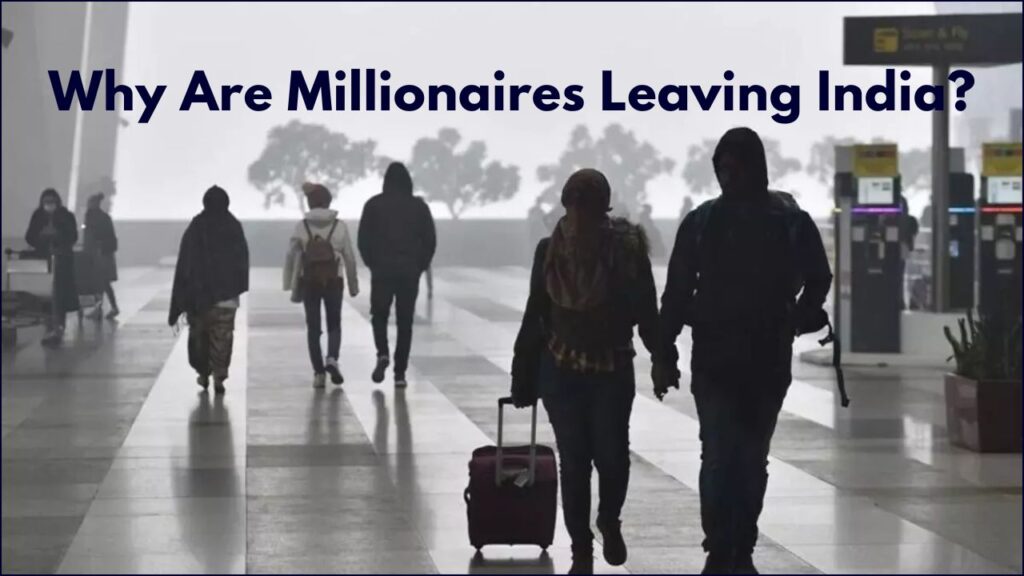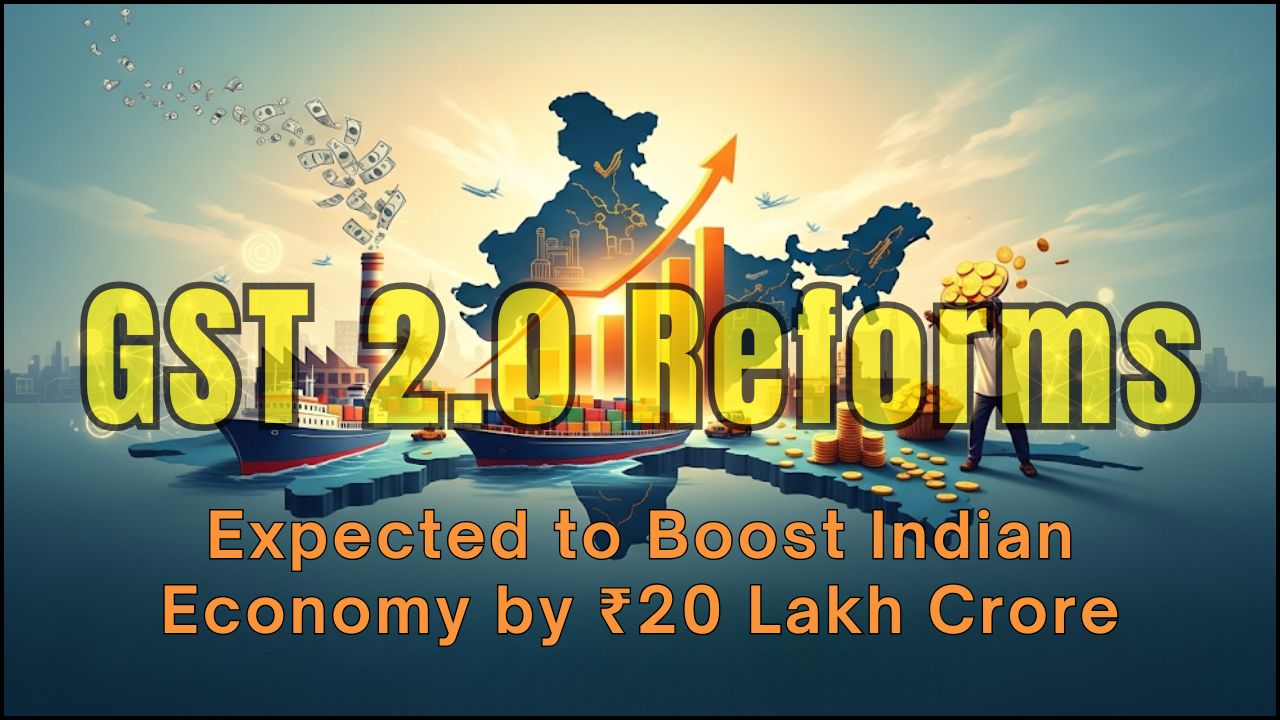
India is witnessing a steady Millionaires Leaving India trend as thousands of millionaires plan to leave the country in 2025. According to international migration data, approximately 3,500 high-net-worth individuals (HNWIs) are expected to relocate, citing tax policy, regulatory pressure, and lifestyle preferences as primary drivers. The exodus raises critical questions about India’s investment climate and long-term economic competitiveness.
A Growing Pattern of High-Net-Worth Departure
India ranks among the top three countries expected to experience significant millionaire outflow in 2025, alongside China and the United Kingdom. According to the Henley Private Wealth Migration Report 2025, an estimated 3,500 Indian millionaires will emigrate this year, following the departure of 4,300 in 2024 and 5,100 in 2023.
In total, this could result in the relocation of USD 26.2 billion in personal wealth, contributing to what some analysts describe as the most substantial millionaire migration in recorded history.
“The trend reflects broader concerns about domestic regulatory regimes, lifestyle considerations, and long-term wealth preservation,” said Andrew Amoils, Head of Research at New World Wealth, in a statement accompanying the report.
Tax Enforcement and Regulatory Changes
One of the main factors prompting this outbound shift is India’s intensifying tax environment. In the first quarter of FY 2024–25, the Central Board of Direct Taxes (CBDT) recovered nearly ₹20,000 crore in outstanding dues—almost double the amount collected in the same period the previous year.
Additionally, compliance obligations under the Goods and Services Tax (GST) framework, combined with mandatory digital invoicing and tighter financial monitoring under the JAM (Jan Dhan-Aadhaar-Mobile) trinity, have made asset declaration more transparent—and less appealing to some HNWIs.
“Increased transparency is essential for a formal economy, but it can also lead individuals to seek more favourable jurisdictions,” said Dr. Renu Kohli, a Delhi-based macroeconomist and former Reserve Bank of India (RBI) adviser.
Quality of Life and Global Mobility
Non-financial considerations are equally significant. According to a survey by Kotak Private Banking and EY India, nearly 22% of India’s ultra-rich are exploring emigration primarily for better healthcare, education, safety, and air quality.
Several destination countries offer tailored “golden visa” or “investor residency” schemes that appeal to wealthy Indians seeking global mobility and second citizenship. For example:
- The United Arab Emirates (UAE) provides long-term residency through its Golden Visa programme.
- Portugal, Italy, and Greece offer property-linked residency options.
- The United States offers investor-based visas like the EB-5, albeit with higher entry thresholds.
“Global wealth holders are increasingly seeing citizenship or residency as a portable asset,” said Juerg Steffen, CEO of Henley & Partners.
Strategic Wealth Planning
Another emerging pattern is the bifurcation of business and residency. Many millionaires are choosing to continue operating companies in India while relocating their families and investments abroad.
This allows them to leverage India’s economic opportunities while gaining regulatory stability, favourable tax codes, and broader asset protection in countries with investor-friendly laws.
Financial analyst and educator Akshat Shrivastava observed that many wealthy Indians are choosing to “earn here but retire abroad,” especially in light of India’s 30% flat tax on crypto earnings and 1% tax deducted at source (TDS) on crypto trades.
Where Are They Moving?
Top Destinations for Indian Millionaires in 2025
India’s outbound HNWIs are part of a broader global trend. According to Henley & Partners, over 142,000 millionaires are projected to migrate globally in 2025. Key destinations for Indian emigrants include:
- United Arab Emirates (UAE) – Expected to welcome 9,800 new millionaires, attracted by zero income tax, business-friendly laws, and luxury infrastructure.
- United States – Estimated 7,500 incoming millionaires. Despite higher taxes, it offers legal protections, robust capital markets, and elite education.
- Italy – Offers a flat-tax regime for wealthy individuals and a simplified residency-by-investment path.
- Portugal, Singapore, and Saudi Arabia are also seeing increased interest from India’s rich.
Economic Implications: Domestic and Global
Impact on India’s Economy
While the number of outbound millionaires is relatively small compared to India’s growing HNWI base, the outflow could have long-term consequences.
“It’s not just about capital flight—it’s about the loss of entrepreneurial energy, job creation, and mentorship that these individuals provide,” noted Dr. Ajay Shah, senior fellow at the National Institute of Public Finance and Policy (NIPFP).
A continuous outflow may also affect domestic luxury markets, real estate, and private equity, sectors where high-net-worth individuals contribute significantly.
Impact on Destination Countries
For receiving nations, the arrival of wealthy immigrants brings fresh capital, higher consumption, and job creation in finance, real estate, and luxury retail. However, it also raises concerns about housing inflation and economic inequality, especially in urban hubs like Dubai, New York, and Lisbon.
Governments in these countries are now tightening eligibility requirements for golden visa schemes to ensure local benefits are realised without distorting domestic markets.
Concluding Paragraph
The trend of millionaires leaving India is driven by a complex interplay of economic, regulatory, and lifestyle factors. While the numbers may not yet signal a crisis, the broader implications warrant close attention. For India to retain its wealthy citizens, policymakers may need to reassess not only taxation but also the broader investment climate, regulatory predictability, and public infrastructure that shape long-term wealth decisions.
















